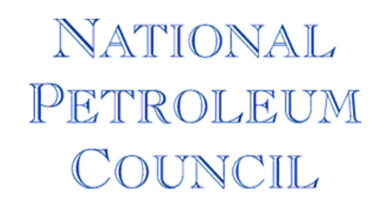Multi-stage coiled-tubing frac sleeve offers alternative to ball drop systems
Operators are taking advantage of capabilities of alternative completions systems, according to John Ravensbergen of Baker Hughes, speaking at the 2011 SPE/ICOTA Coiled Tubing and Well Intervention Conference and Exhibition last week in The Woodlands.
A new, multi-stage coiled tubing (CT) fracture sleeve completion was introduced into the Canadian marketplace in 2010 and has been delivering good placement control of stimulation treatments and an unlimited number of treatment stages, he said, resulting in improved reservoir drainage.
More than 120 horizontal wells have been completed in Saskatchewan, Canada, using the CT frac sleeve completion system. In more than 110 wells, the completion was cemented in place; in 10 wells, the completion was installed with open-hole packers.
This CT-enabled frac sleeve completion system contains valves to open fracture ports; this is similar to the open-hole ball drop completion. “However, there are three distinct differences,” Mr Ravensbergen said. “First the valves are opened with a bottomhole assembly (BHA), run on CT, instead of balls. Second, there are no inside-diameter restrictions along the length. Third, the completion can be cemented into the well.”
The full bore permits standard cementing equipment and practices to be used, unrestricted access for the BHA and unrestricted access into the well for post fracturing remedial workover operations. “Since the completion can be cemented into the well, it no longer requires open-hole packers for zonal isolation, thereby reducing the complexity and costs of the completion,” he said.
According to Mr Ravensbergen, the alternative CT frac sleeve completion system addresses some operational limitations of the open-hole ball drop completion, including the physical limit to the number of different sized balls that can be used, which limits the number of stages per well. The design of the fracture treatments using the open-hole ball drop technique are kept conservative to reduce the risk of a screen out.
Other advantages of the system include the ability to pursue aggressively optimized treatments, use fluids efficiently, to operate in cased hole, to design a large number of stages, to monitor in real time and to deliver a full-bore completion.
“CT enhances the reservoir optimization process by providing accurate, real-time, downhole pressure measurement,” Mr Ravensbergen said. “It also offers contingencies if the job does not proceed as planned. Two examples are spotting acid and perforating additional stages. CT, with its dedicated tanks and pump are used to circulate acid into the well.” Also, additional stages can be stimulated, as the BHA is equipped with a sand jet perforator.
A limitation to the use of the CT frac sleeve completion, according to Mr Ravensbergen, is that the tubing string occupies 25% to 30% of the well cross-sectional flow area, which limits the maximum flow rate compared with systems that do not restrict the inside diameter.
For more information, please see SPE 143250, “Cased-Hole Multistage Fracturing: A New Coiled-Tubing-Enabled Completion,” by J.E. Ravensbergen.




